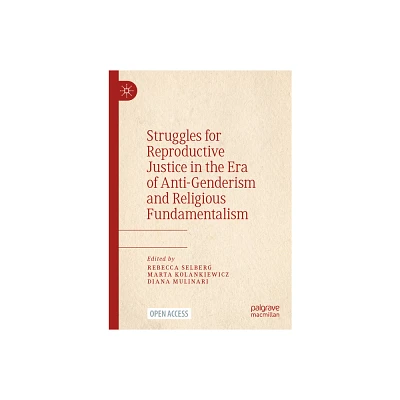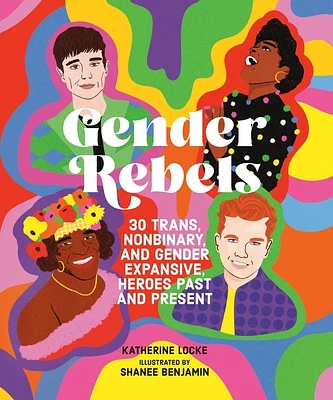Home
Fundamentalism and Gender, 1875 to the Present
Loading Inventory...
Barnes and Noble
Fundamentalism and Gender, 1875 to the Present
Current price: $27.00


Barnes and Noble
Fundamentalism and Gender, 1875 to the Present
Current price: $27.00
Loading Inventory...
Size: OS
*Product Information may vary - to confirm product availability, pricing, and additional information please contact Barnes and Noble
This fascinating book depicts the long-running battle within the fundamentalist movement over the roles of men and women both within the church and outside it. Drawing on interviews as well as on written sources, Margaret Lamberts Bendroth surveys the complicated interplay between fundamentalist theology, which is dominated by the search for order and hierarchical gender roles that have women subservient to men, and fundamentalist practice, which often depends on women in important ways to further the movement's institutional growth.
Bendroth begins by describing the earliest days of the fundamentalist movement, when there was a general acceptance of women in ministry roles as teachers, missionaries, and even occasional preachers. She then traces fundamentalism's growing identification with masculine concerns after World War I and its battle with the forces of modernity (such as the rebellious flappers of the twenties). Bendroth explains that in the years before World War II women were able once again to make substantial contributions to the movement, but that during the cultural turn toward domesticity in the 1950s, fundamentalist leaders urged women to retreat to their "ordained" roles as submissive helpmates and encouraged men to fill the teaching and organizational positions the women vacated. Bendroth brings this conflict up to the present, examining the fundamentalist and evangelical rejection of contemporary feminism and investigating how our cultural norms of equality affect these movements' teaching on gender roles.
Bendroth begins by describing the earliest days of the fundamentalist movement, when there was a general acceptance of women in ministry roles as teachers, missionaries, and even occasional preachers. She then traces fundamentalism's growing identification with masculine concerns after World War I and its battle with the forces of modernity (such as the rebellious flappers of the twenties). Bendroth explains that in the years before World War II women were able once again to make substantial contributions to the movement, but that during the cultural turn toward domesticity in the 1950s, fundamentalist leaders urged women to retreat to their "ordained" roles as submissive helpmates and encouraged men to fill the teaching and organizational positions the women vacated. Bendroth brings this conflict up to the present, examining the fundamentalist and evangelical rejection of contemporary feminism and investigating how our cultural norms of equality affect these movements' teaching on gender roles.


















